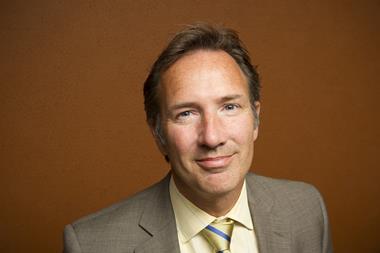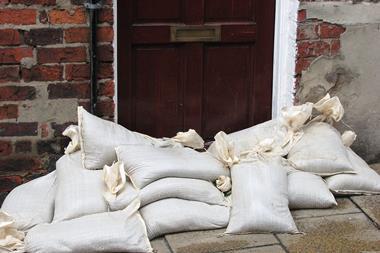H1 weather losses were in ‘single digit millions’, says GI boss Neave

Weather claims in the “single-digit millions” failed to halt Co-operative Insurance’s return to profitability in the first half of 2012.
The company swung to a £20m profit after tax in the first half of this year from a £2.4m loss, and enjoyed a 14-point improvement in its combined ratio to a profitable 98.4%.
Co-op general insurance director David Neave pointed out that some of the summer flood losses will be reported in the second half of the year, but added: “Either way we are still talking about single-digit millions in total so it is not a huge impact on our results.”
Neave attributed the sharp turnaround in performance in part to the lack of reserve strengthening for prior years in its motor book in the first half of 2012, which had blighted the previous year’s numbers. The first-half 2012 result was also boosted by the rate increases that were put in place in 2010 and 2011 in response to rising bodily injury claims.
He said: “The 2012 result is pretty clean in terms of prior-year reserve movements, whereas the 2011 result was affected by prior-year strengthening. The underlying motor performance in 2011 was reasonably healthy, so what we are now seeing in 2012 is that healthiness unaffected by the prior year movements.”
Co-op’s improved first-half result came despite a 20.6% drop in gross written premium to £284.5m (H1 2011: £358.4m). Neave attributed the reduction to the decision to hike rates in broker motor business in the second half of 2011, which in turn lowered volumes.
However, he says the company has maintained all its broker relations despite writing less motor business with them
Neave said: “We continue to have all the same relationships and we haven’t pulled away from any individual broker.
“We have been with the same partners for a number of years now and I’m sure we’ll see that the volumes will rise or fall depending on where we believe the market sits. We believe that key is to have long-standing partnerships where we understand each others’ businesses and we are comfortable and confident about the type of business that we are able to write.”
Co-op’s current business mix is currently two-thirds motor and one-third household, but the company is looking to boost the household part to diversify its portfolio. “We would prefer to see some increase on the home side,” Neave said. “That will primarily be achieved by increasing our home volume rather than reducing our motor volume from where it sits currently.”
Hosted by comedian and actor Tom Allen, 34 Gold, 23 Silver and 22 Bronze awards were handed out across an amazing 34 categories recognising brilliance and innovation right across the breadth of UK general insurance.














































No comments yet